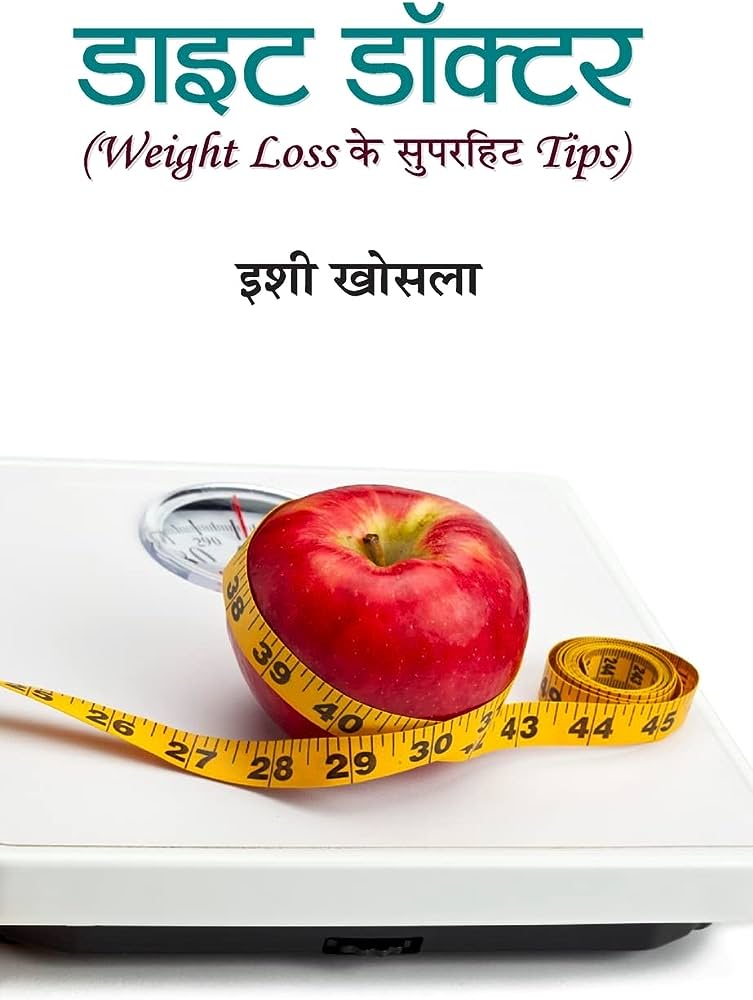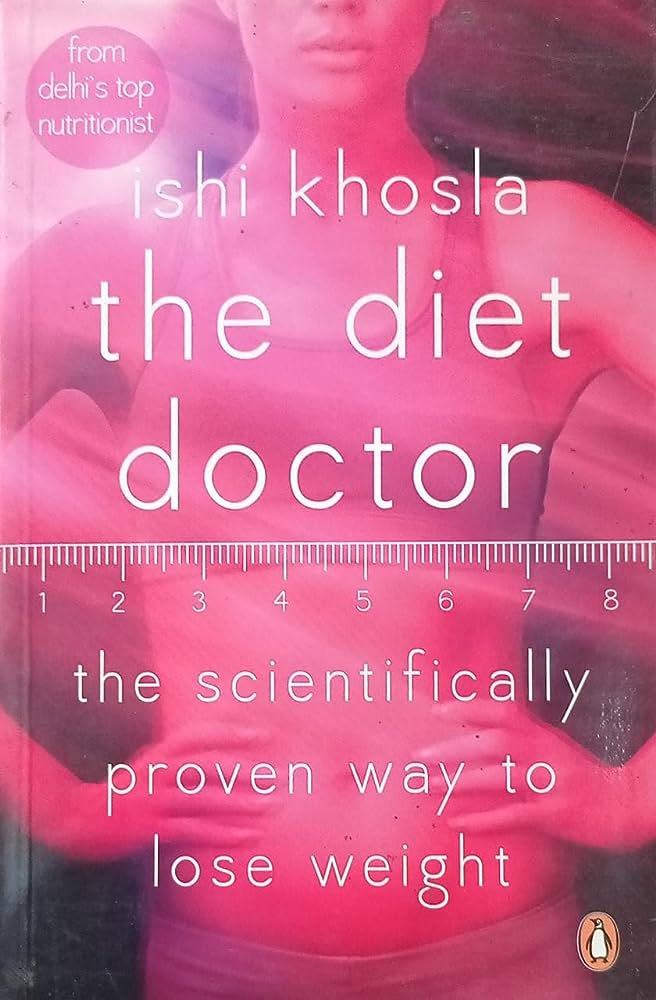If you are serious about becoming your strongest and fittest self, eating nutritionally dense foods is essential to your workout plan.…
By Ishi Khosla
Fitness should not be seen as a ‘monthly paid subscription’ routine that a person can revoke anytime. It is a lifelong commitment between your body and good health metrics that marks both your body and mind safe from heart disease risks, strokes, diabetes, hypertension, and metabolic syndrome.



“The Diet Doctor” book clearly mentions about how obesity and corpulence are a curse for your body which can be easily warded off if a person takes pertinent actions. To corroborate that, the book throws light on when WHO announced that obesity is listed among the top ten risk conditions in the world. The repercussions of obesity are inexorable like fatty liver, chronic depression, irritable bowel syndrome, and erectile dysfunction, which are common causes of sleepless nights for people, in general.

The book suggests that “Keeping Your Body at its optimum weight is a health must and non-negotiable”. Weight loss should be a priority but not in a superficial sense just to look good. In fact, it should be looked at as a healthy and nutritional way of life to overgrow endless health hazards and problems attached to obesity. To get an idea of how much weight one should lose or ‘discover your optimum weight’, you should get an accurate measure of your Body Mass Index (BMI), total body fat percentage and distribution, waist circumference, waist-to-height ratio, and body shape. The book also educates about the key differences between simple and metabolic obesity. Gaining weight in a ‘generalized fashion’ has been described as simple obesity. One very ‘predictably and gradually’ gains weight. There is usually no record of positive family history of diabetes among these individuals. Therefore, insulin resistance is not marked in these cases. The opposite is the case in metabolic obesity which facilitates an insulin-resistant state and people usually develop conditions like PCOS under this.
The book also goes on to explore how the Indian diet aggravates obesity. Traditional Indian diets are High-carbohydrate and High-glycemic diets like rice, pulses, potatoes, and wheat. Sugar and sweetened product consumption, snacking, late dinners, and staying still are enumerated as one of the major causes of obesity. With globalization and the acculturation process stemming, Western influences have grown thicker in Indian soil. Increasing consumption of alcohol and junk or processed foods have become reasons for acute corpulence. Overeating due to children swatting before exams and holidaying or frequent traveling also adds numbers to the ‘globesity’ statistics, a term coined by WHO.

The book attributes that the only way you can shed the extra kilos and overhaul a long-term fitness goal is ‘if you mind what you eat, constantly and consistently.’ For that, ‘Knowledge of calories and nutrients is a great way to manage your everyday diet’, Ishi Khosla suggests. Diet temperance is the most important thing here. You should know the amount of calories you are taking in your body versus the amount of food required for regular healthy functioning. The excess calorie intake of especially fried and junk food exacerbates weight issues. One should not get obsessed with calorie intake and Google before every food bite they take. But people should definitely develop a good idea about calorie intake. For Example- Whole grains, being high in fiber and low in fat, are a good choice for weight watchers.
 Diet plans are a dreaded term for food lovers. In the book, well-known nutritionist Ishi Khosla describes the components of a healthy diet plan and what it should include and encompass. It is a must-read encyclopedia for people who are struggling to create their diet plans and follow them religiously. It is beautifully explained through an elaborative table that will fulfill every nutrient requirement for your body while also keeping your weight in check.
Diet plans are a dreaded term for food lovers. In the book, well-known nutritionist Ishi Khosla describes the components of a healthy diet plan and what it should include and encompass. It is a must-read encyclopedia for people who are struggling to create their diet plans and follow them religiously. It is beautifully explained through an elaborative table that will fulfill every nutrient requirement for your body while also keeping your weight in check.
The book also identifies certain problem areas such as increased temptation, eating larger portions, and higher intake of refined starches like maida and poor-quality fat, sugar, and salt for widespread corpulence. This is indeed an indubitable fact as fast food frenzy and lack of self-control and abstinence from fast food has become vexing issue in the younger generations.
 Planning your day in advance and regulating portions and following the half-plate rule are some of the ways in which a person can decrease weight. The book also enlists uncompromising 15 principles that one should follow to solve obesity problems. Among them, Regular Exercise, Mindful eating, Stress management, Avoidance of late-night meals and meal skips, and regular health checkups are very important.
Planning your day in advance and regulating portions and following the half-plate rule are some of the ways in which a person can decrease weight. The book also enlists uncompromising 15 principles that one should follow to solve obesity problems. Among them, Regular Exercise, Mindful eating, Stress management, Avoidance of late-night meals and meal skips, and regular health checkups are very important.
Ishi Khosla also cannily tells us, readers, about inventive and delicious healthy recipes for starters and main course dishes such as Slimmer’s Fibre Delight, Quinoa Vegetable Porridge, Savoury Vegetable n Lintels Bites, Brown Rice Poha, Moong Dal Poha which are easy to make yet so nutritious and salubrious.
 The book basically is a nutritional exposition that every person who is making dietary errors, or struggling to lose weight should peruse to make comprehensive changes in their lifestyle and tread smoothly rather than trudge on a lifelong journey of fitness.
The book basically is a nutritional exposition that every person who is making dietary errors, or struggling to lose weight should peruse to make comprehensive changes in their lifestyle and tread smoothly rather than trudge on a lifelong journey of fitness.
(The author is Practicing Clinical Nutritionist, Author Of The Diet Doctor)

